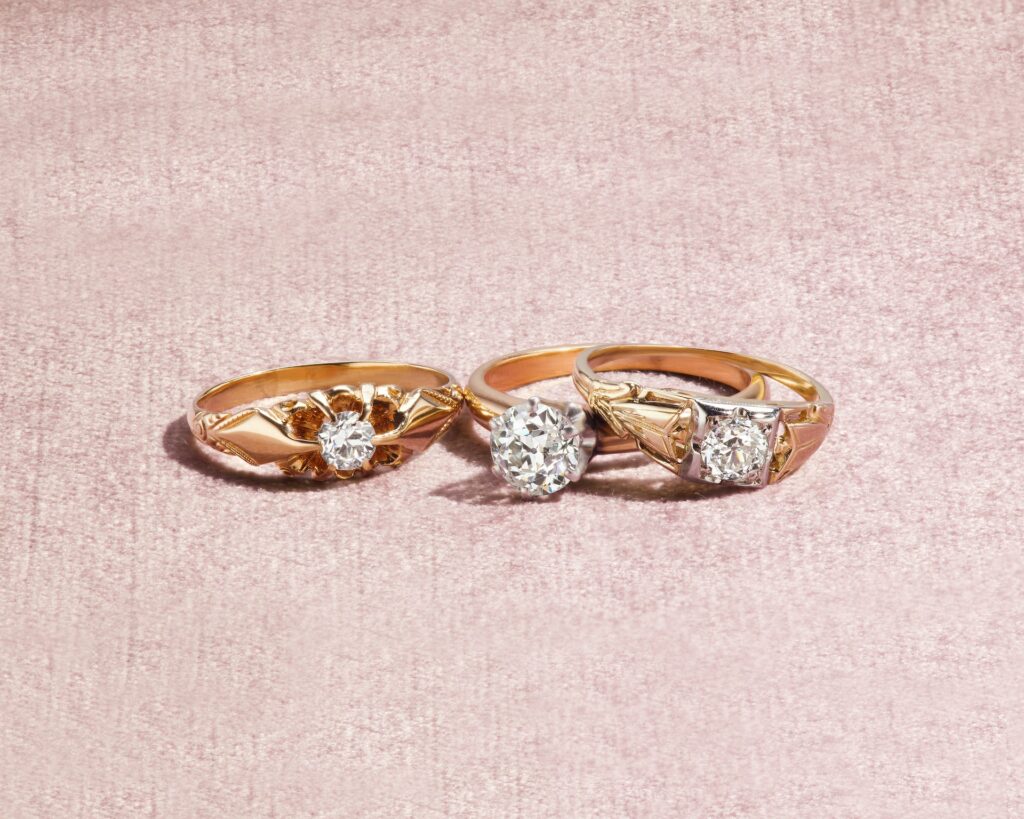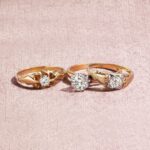What Is The 'Gold Standard' And How Does This Relate To Your Jewellery?

Gold is one of the most popular precious metals and for centuries has been used in a variety of jewellery styles. Due to its unique properties, namely, its colour, gold has always been expensive and as a result, a show of wealth. But the price of gold has to be determined somehow, right?
That’s where the gold standard comes into play. The system was introduced in an attempt to regulate the cost of gold. That being said, there are a few exceptions to the rule, such as gold jewellery. In this guide, we’ll explain what the gold standard is and how relevant it is to gold jewellery pieces.
What Is The Gold Standard?
The gold standard is a system which determines the price of gold and how it relates to different currencies. This meant that gold could be traded at a fixed price with equal value regardless of whether the country’s currency of choice was the pound, dollar, euro or otherwise.
Why was the gold standard introduced?
The gold standard was implemented in the 1870s and initially included the circulation of gold coins too. The coins, however, were later replaced by bank notes, leaving their value to be determined by the gold bullion instead. Initially, the gold standard had an extremely positive effect on the global economy, however, it was later sidelined at the beginning of World War 1, primarily due to military expenses.
What Determines The Price of Gold Jewellery?
When it comes to pricing gold jewellery, this differs to the way that gold bars are priced for example. Not only does the carat of the piece have a factor in the cost, but also the design and craftsmanship that has gone into creating the piece.
A gold bar, for example, is a basic form of gold which hasn’t been shaped to look dazzling, but simply to be practical. Compare this to an intricate solid gold ring, which incorporates incredible detail and subtle flourishes of creativity, and you’ll be paying for more than just the gold.
Does carat affect the price of gold?
Another key factor which will determine how much you pay for gold is the carat, which details the actual gold content of the piece. 24 carat gold, for example, is the purest form of gold, however, this won’t be used to make jewellery as it’s simply too soft.
At Hatton Jewellers, the most popular carat that we offer with our pieces is 9ct and 18ct. 9 carat features 37.5% of gold whilst 18 carat features 75% gold, with the rest being made up of an alloy metal. Typically, a higher carat piece will be more expensive than one with a lower gold content - the caveat to this is the quantity or weight, which may result in an overall larger amount of gold in the piece.
The Value Of Gold As An Investment
While you may pay a little extra for a stunning design on a piece of solid gold jewellery, which can look excellent as an accessory, for investment purposes this may not be your best bet. To get the best return on your investment, you’re better off putting that otherwise extra money into a piece with a higher gold content.
Similarly, as the price of gold is known for being stable, rather than volatile, it has become a popular choice for investors. It’s important to remember that you’ll need to ensure you can prove that your gold is authentic. One of the ways to do this is only to buy gold which features a UK Hallmark stamp - this will allow you to get the full value of your gold when the time comes to sell it.
Gold Jewellery At Hatton Jewellers
At Hatton Jewellers, we have a range of solid gold jewellery pieces, including rings, chains, bracelets and more. We aim to provide you with as much choice as possible so you can diversify your jewellery collection with a range of dazzling pieces. Whether you opt for a bold, stand-out piece such as a heavy chain or a more understated option, such as a gold ring, we have a selection suitable for a range of different styles.
For more updates on gold and the jewellery we have available, bookmark our blog.


